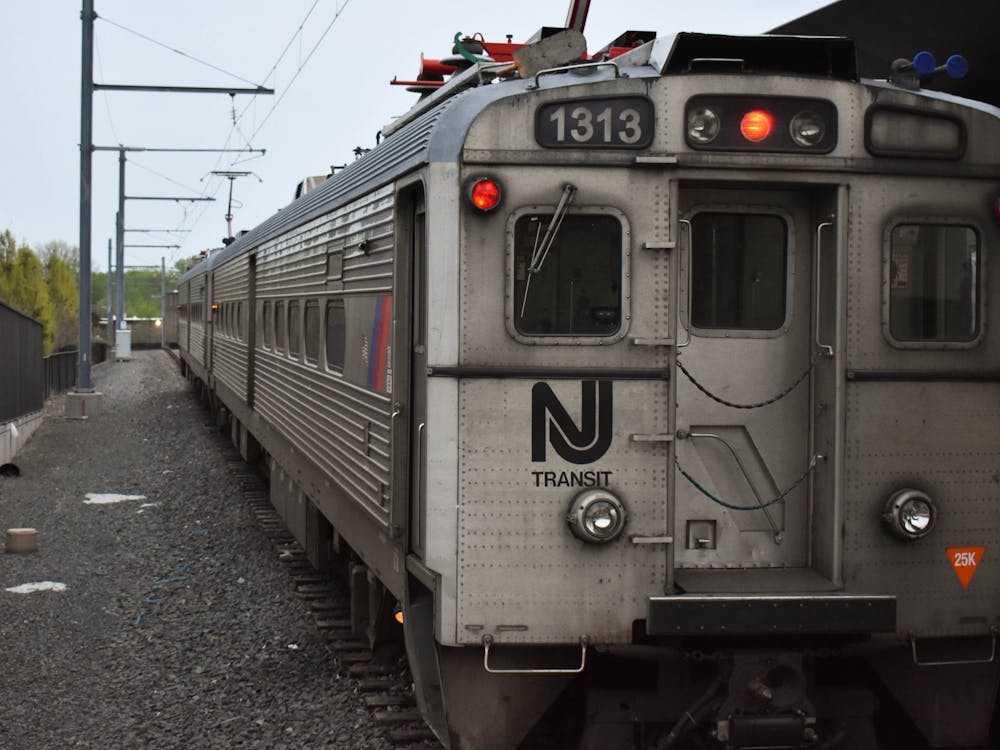Underscoring cooperation on Prospect
We appreciated your Oct. 17 editorial on the recent New York Times coverage of the eating clubs. It was important for our community to hear the facts about the Ivy Club incident directly from the Princetonians involved. Likewise, Ms. Capuzzo, the author of the Times article, certainly deserved your criticism for her unprofessional and demeaning treatment of certain students.
Nevertheless, you err greatly in describing the Times article as "a good piece of journalism [that] may even have positive consequences such as a better dialogue between eating clubs and the community." On the contrary, the article incorrectly characterizes, at the most basic level, the current climate surrounding the issue of drinking on Prospect Avenue.
Ms. Capuzzo's headline asserts that the "storied eating clubs are the target of a crackdown on drinking." I think community officials themselves would disagree with Ms. Capuzzo. For example, Borough Police Chief Charles Davall has told us specifically that his department has neither the resources nor the desire to mount a massive "crackdown" on weekend activity at the clubs. He would prefer to work toward mutual solutions to community quality-of-life concerns — and we are regularly communicating with him, as we seek the same solutions. Likewise, on Oct. 15 the Prince itself reported Mayor Marvin Reed's opinion that " 'considerable' progress with the eating clubs" has been made on alcohol-related matters. And just this past Thursday the Princeton Alcohol and Drug Alliance hosted an open discussion with several eating club presidents — as well as Chief Davall, Borough Council members, local health professionals, University Chief Medical Officer Daniel Silverman and other community members — to discuss solutions to alcohol problems. The atmosphere at the meeting could only be described as positive, and by no means was that meeting unique. We've been encouraged by the many dialogues we've had with Borough and University representatives, and believe sincerely that mutual efforts are the key to resolving concerns on all sides.
Ms. Capuzzo clearly dreamed up this "crackdown" on her own, and supports it with little more than unverified facts and quotations taken out of context. What's worse, she uses them to paint a false panorama of irresponsibility and adversarial relationships between the clubs and our neighbors. Far from being a "good piece of journalism," it offers a sensationalist treatment of a matter that deserves rational and sober dialogue. That is to say: We in the Inter-Club Council are working hard to further constructive communication with our community partners.
The New York Times piece will not therefore lead to "better dialogue," as you claim, but will simply hinder existing discussions. In short, we sincerely hope that those Borough and University officials already participating in productive dialogues with us won't have trouble distinguishing Ms. Capuzzo's misinformation from the realities of club life.
Then again, it was Ms. Capuzzo who apparently had trouble distinguishing our football stadium from her own private love shack. Dan Hantman '03 President, Inter-Club Council Tim Szostek '02 Inter-Club Advisor







